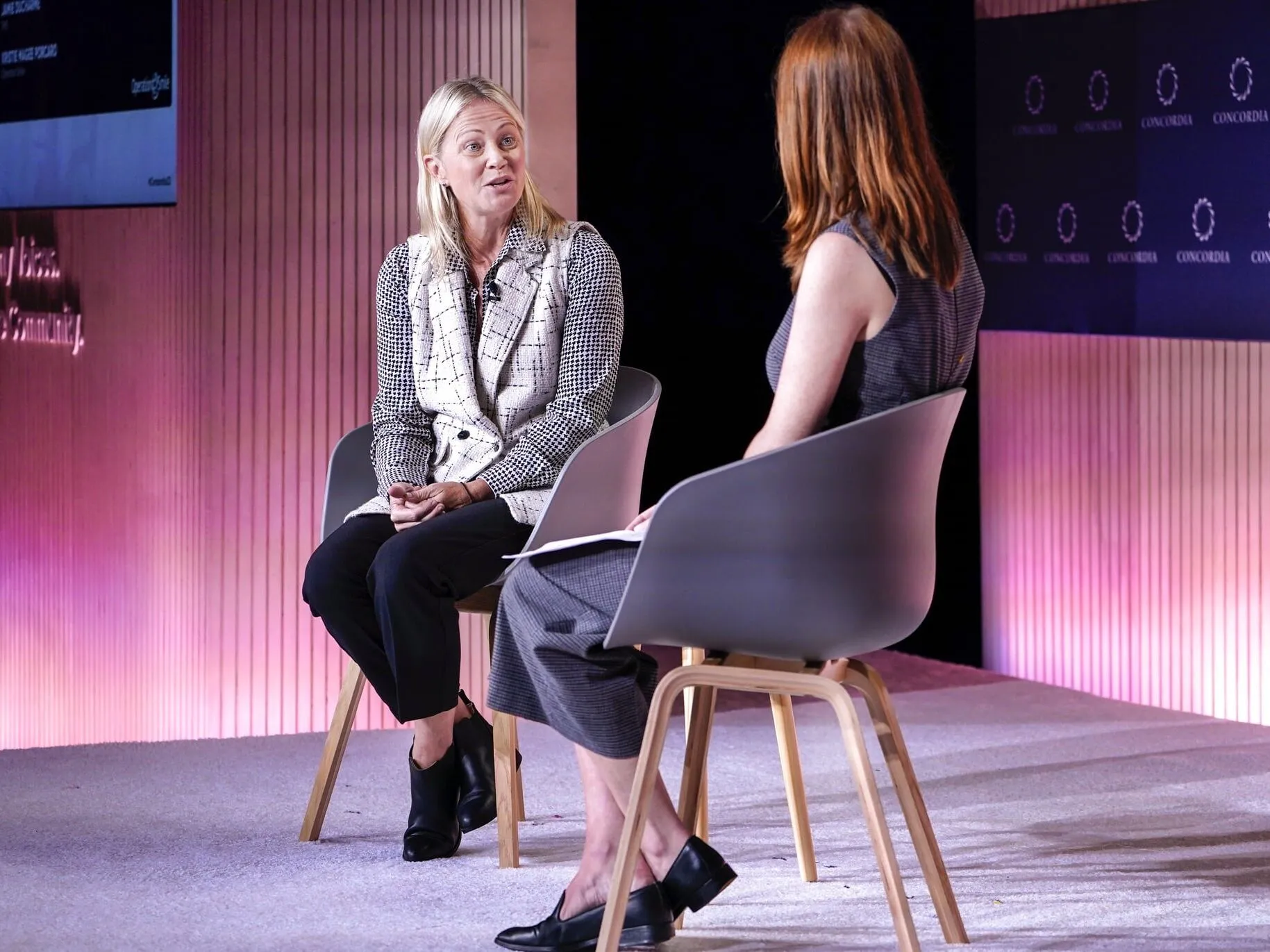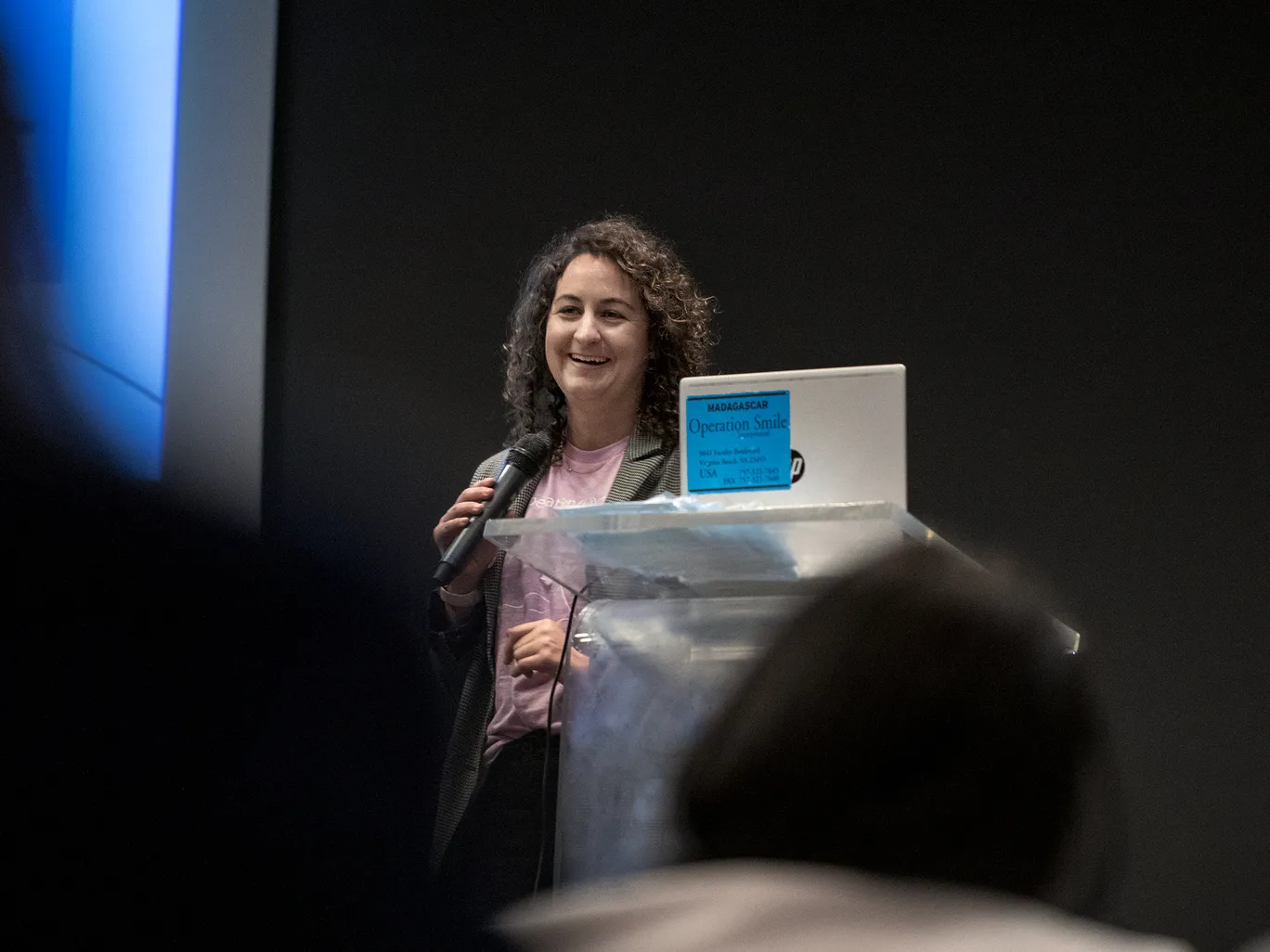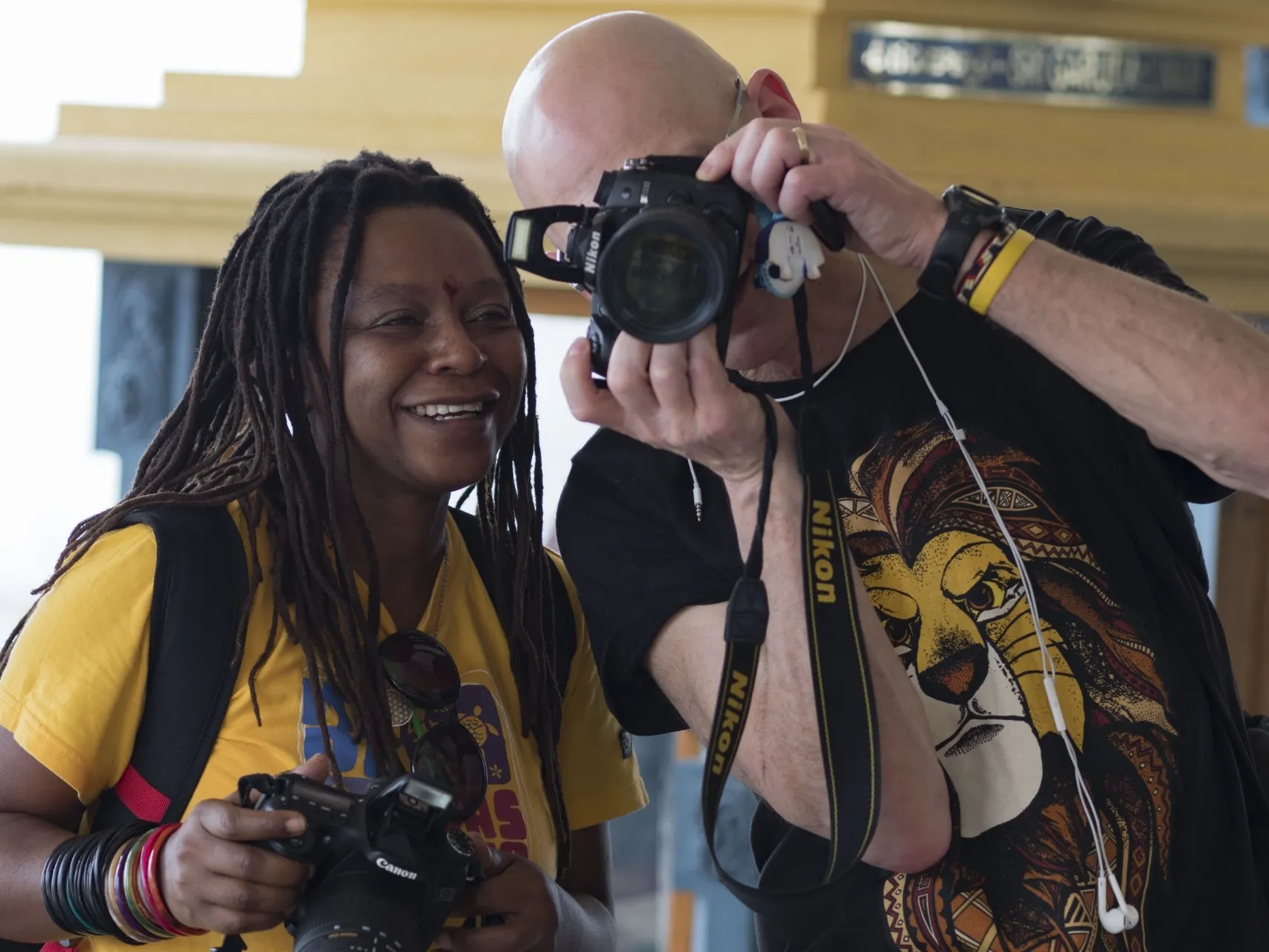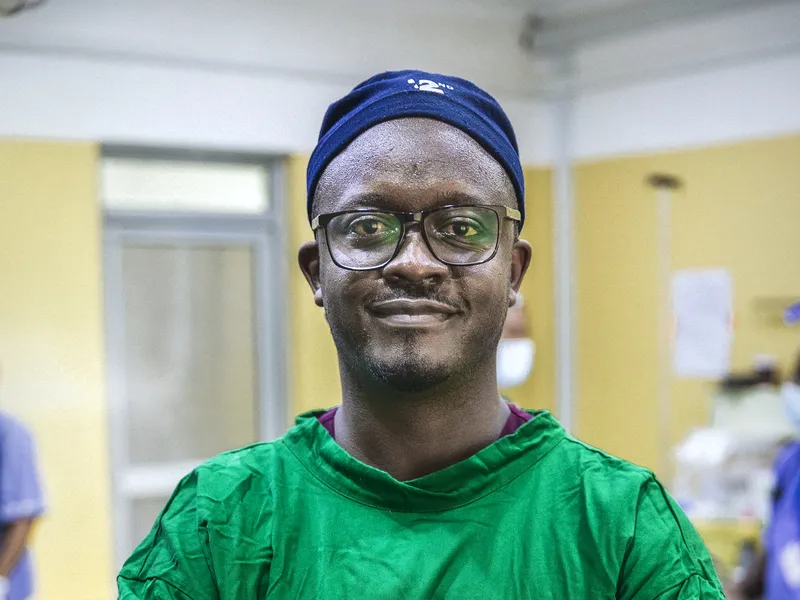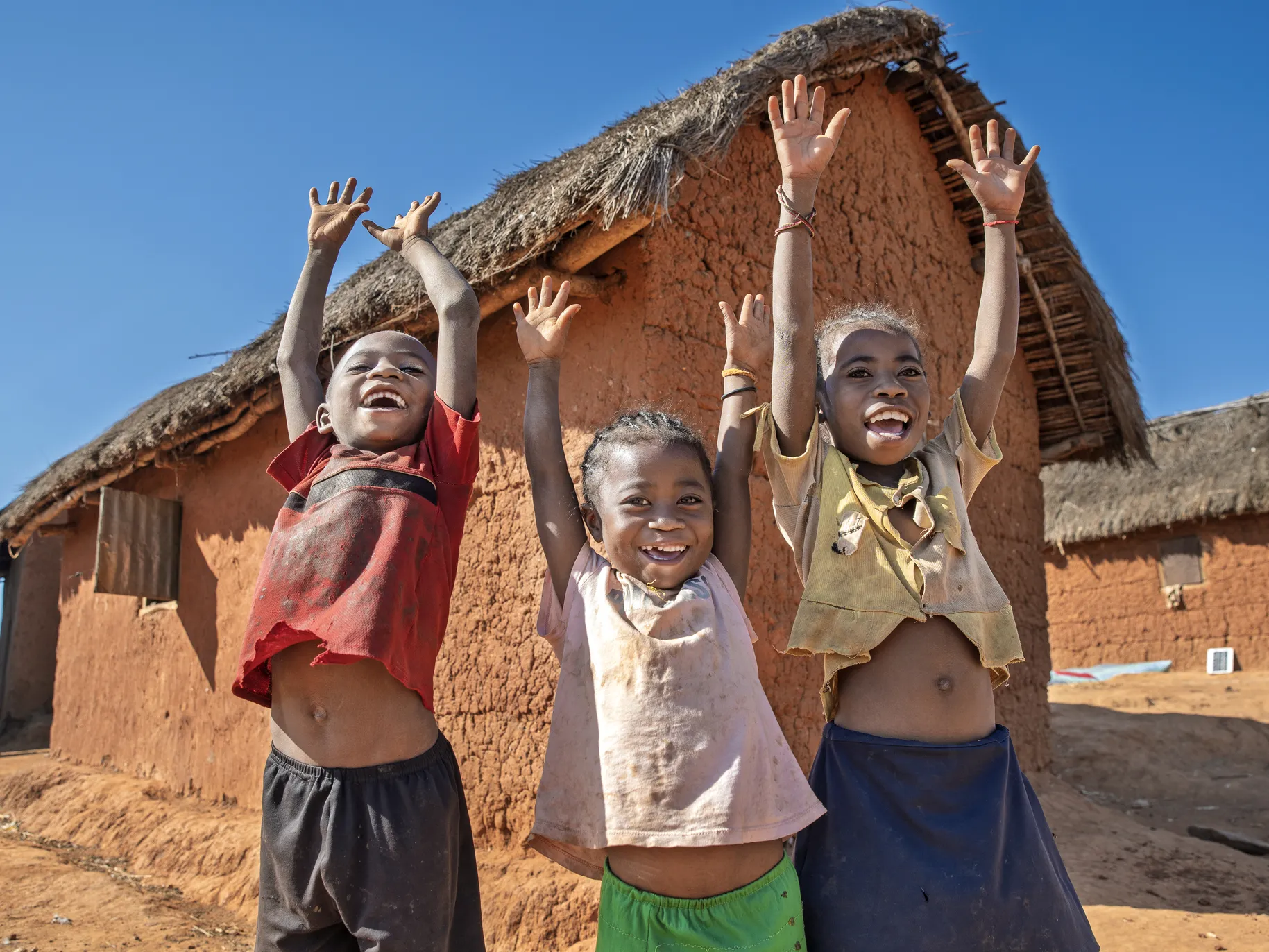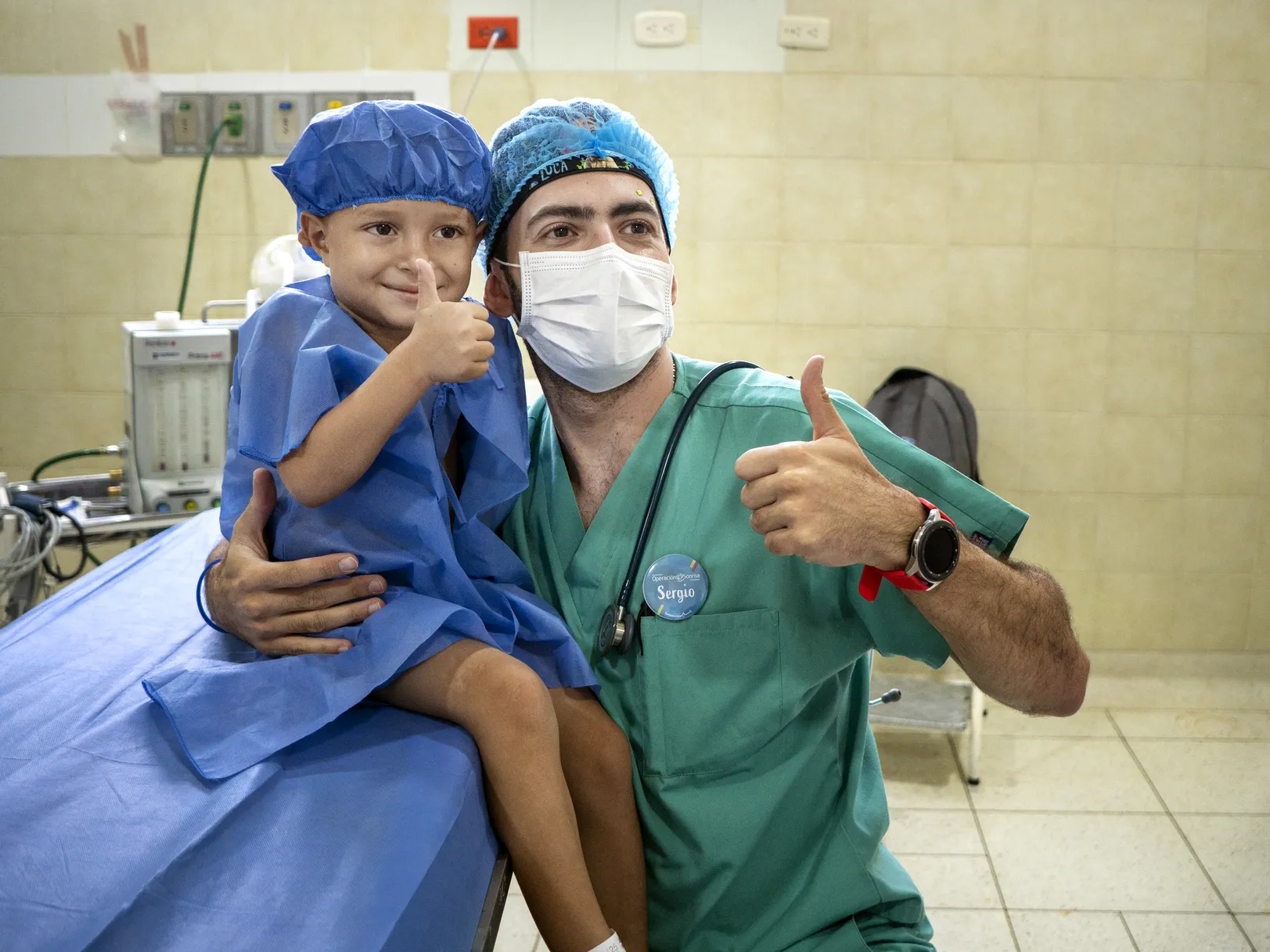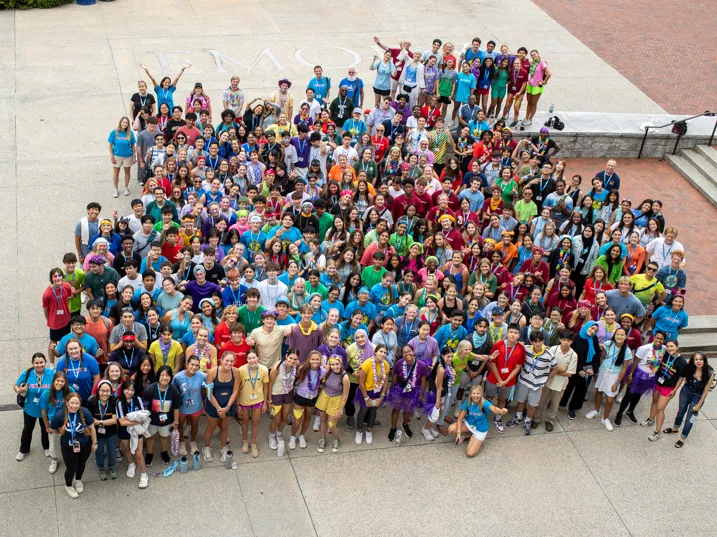The History of Operation Smile
What started as one family’s passion to provide surgery and care to children in need has grown into the largest volunteer-based medical nonprofit in the world, boasting over 6,000 volunteers from 67 countries who provide world-class cleft care in 37 countries.

The idea for Operation Smile started in 1981 when Dr. Bill Magee, a plastic surgeon, and Kathy Magee, a nurse and social worker, traveled to the Philippines on a surgical program to perform life-changing surgeries for children with cleft lip and cleft palate. The community response that welcomed them there was overwhelming. Over 300 families arrived hoping their children would receive care, but the team only had the capacity to treat 40 of them.
The couple vowed to return to help more children, especially the ones they had to turn away. Leaving the country with so much left undone was an emotionally wrenching experience. “Emotion leads to action,” says Bill Magee, co-founder.
Through bake sales and grassroots fundraising back in their hometown of Norfolk, Virginia, Bill and Kathy gathered medical supplies, surgical equipment and volunteers for their next trip, and Operation Smile was born.
That next year, the Magees brought a larger team to the country, this time helping 100 patients – more than twice as many as on their first trip. By 1986, Operation Smile had made such an impact, Mother Teresa sent the Magees a letter of commendation, inviting them to India.
Operation Smile continued to expand globally. In 1989, it became the first U.S.-based nongovernmental organization to re-enter Vietnam following the Vietnam War, and in 1990, President George H.W. Bush awarded Bill and Kathy Magee the President’s Volunteer Action Award. The organization held the “World Journey of Hope” in 1999, utilizing an L-1011 flying hospital to visit 18 countries, successfully operating on 5,300 children. It has partnered with organizations such as UNICEF, Save the Children and the American Heart Association, which approved the nonprofit as an International Training Organization in 2005. In 2007 through the “World Journey of Smiles,” more than 1,800 volunteers from 80 countries worked simultaneously at 40 sites providing surgery to 4,086 patients in two weeks.
Today, Operation Smile is the largest volunteer-based medical nonprofit in the world, boasting over 6,000 volunteers who work in 37 countries. The organization employs hundreds of people and has thousands of credentialed medical volunteers, including surgeons, anesthesiologists, dentists and nurses from more than 680 countries. More than 13,000 students in student clubs volunteer and join the annual International Student Leadership Conference. The organization has provided care to more than 400,000 patients, and they also have trained hundreds of local doctors and caregivers, helping to work toward health care equity for entire communities.
To this day, the Magees are still involved in the nonprofit’s operations, along with their five children and 14 grandchildren. Along the way, two ideals have steered the Magees’ philanthropy: take risks and remain positive. The results have been life-changing for thousands.

Explore 40+ years of Operation Smile’s incredible history, growing from a family-born mission to a locally led, globally supported nonprofit organization.
1980s
From the first surgical program in the Philippines to a historic visit to Vietnam, Operation Smile’s early days were life-changing for all involved.
1990s
Operation Smile expands globally, establishes its global headquarters in Norfolk, Virginia and introduces its first medical training course in the Philippines.
2000s
Operation Smile’s footprint continues to expand as it opens organizations in more countries and receives recognition and attention from leading foundations and newsmakers alike.
2010s
Operation Smile gets a new headquarters and celebrates 35 years of changing patients’ lives.
2020s
After the COVID pandemic, Operation Smile increases its focus on the desperate need for skilled medical care and providers in underserved global communities, as well as providing access to care closer to where patients live.













